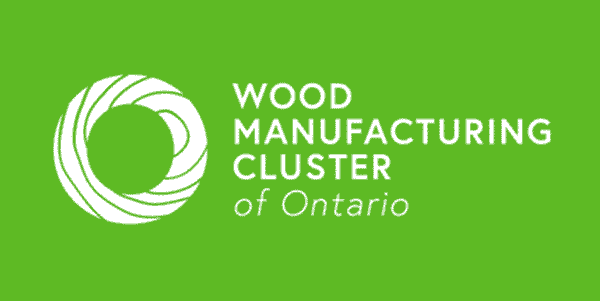By Saverio Pota, Senior Consultant | Larry Coté, Managing Director
In today’s corporate landscape, adopting technology is a pivotal step in an organization’s development.
It’s crucial to identify specific business needs and the right areas for implementation, including software enhancements or selecting specialized equipment.
When contemplating technological investment, it should be understood as a long-term decision with the potential to significantly benefit your enterprise for years ahead. It can also cause anxiety if done wrong.
For optimal returns on investment (ROI), companies must contemplate their long-term vision rather than just the present status. Rationalizing existing procedures and gaining insight into the projected future state of operations are critical for making lucrative investment choices.
Utilizing tools such as Value Stream mapping (in contrast to process mapping), and other methods, like spaghetti diagrams, enables businesses to conceive of an efficient setup/layout that serves both administrative functions and production processes effectively. This clarity is critical to pinpoint precise needs and installation specifications.
By doing so, organizations can achieve enhanced competitiveness through reduced costs, heightened quality, and noticeable acceleration in services. All elements needed for a healthy ROI.
Our engagement with various small-to-medium manufacturing and assembly businesses has involved integrating essential productivity instruments from the Lean toolkit. These include Value Stream Mapping and spaghetti diagrams to track material and information flow, designing new facility layouts, and implementing 5S and visual controls.
Consequent to these analytical exercises, companies were able to determine beneficial technologies and identify those aspects of technology that would deliver superior positive impact and return on investment.
Here are typical results after Lean analysis that were accomplished within 4 to 6 days:
- Substantial reductions in walking distances by 40 to 70%
- Space optimization with 5 to 10% clearance and more potential savings
- Enhanced flow and visibility leading to reduced chaos
- Inventory and work in progress minimization
- Decreased time spent locating parts and subassemblies
- Minimized product movement aiding damage prevention and improved control
- Precise identification of the necessary Technology and equipment to boost efficiency.
To conclude, integrating technology should not be about retrofitting it onto flawed systems but about making discerning choices in tech and equipment to fuel future progress and success.








Comments are closed.